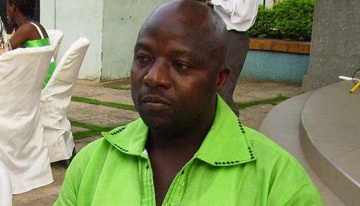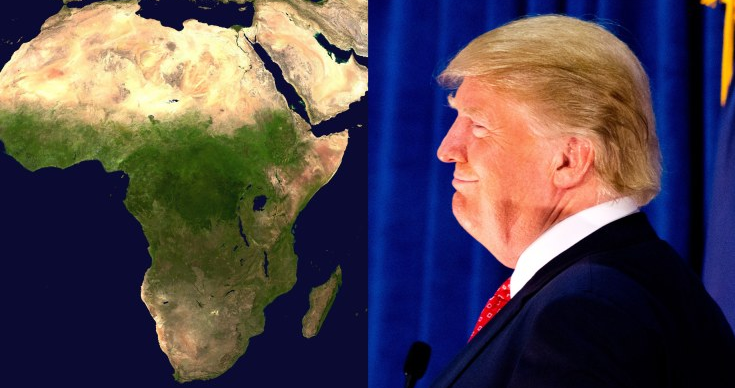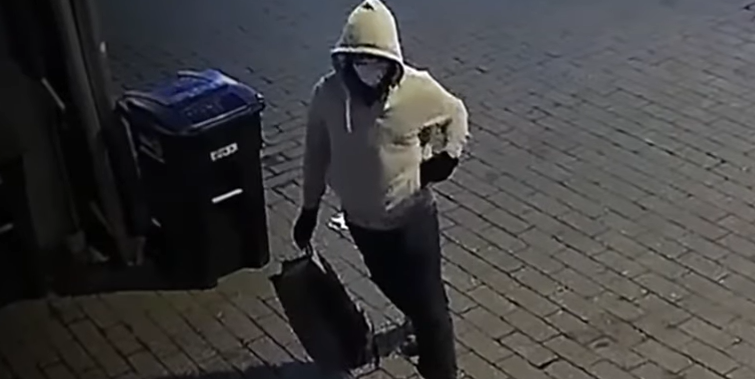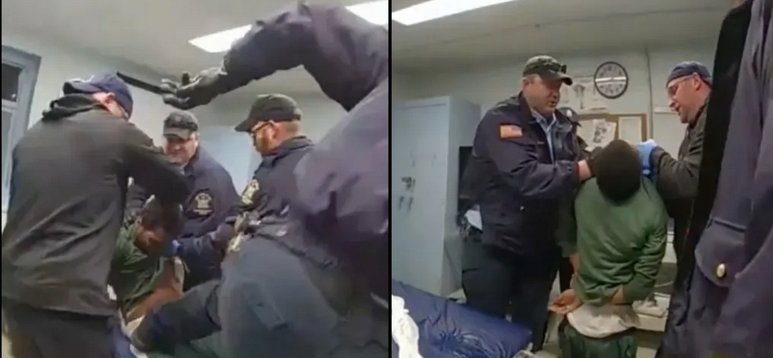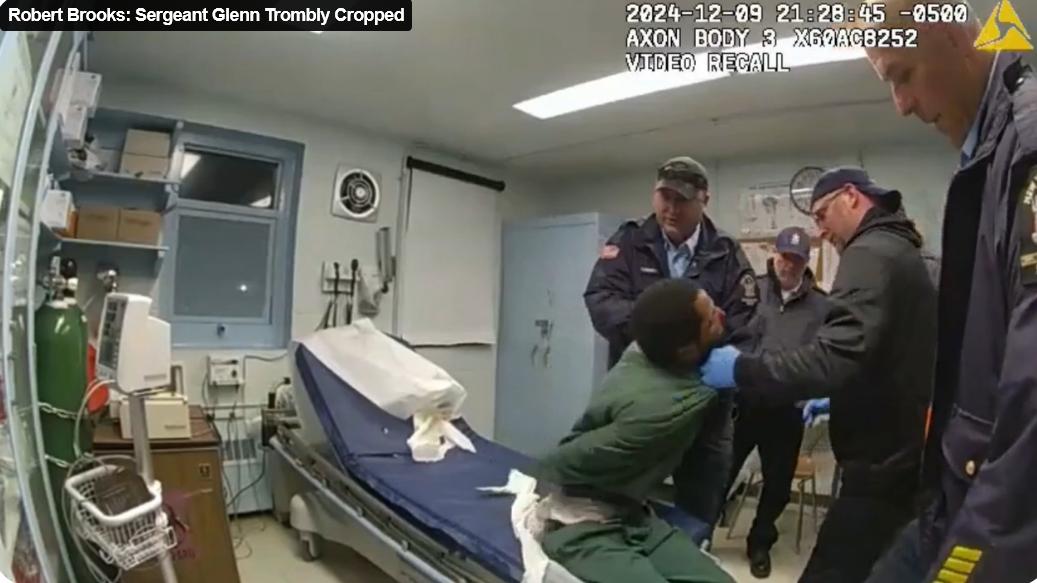The Liberian national Thomas Eric Duncan who started doing symptoms for Ebola six days after U.S. arrival
The U.S. Response to the Ebola Epidemic in West Africa
Since the first cases of Ebola were reported in West Africa in March 2014, the United States has mounted a whole-of-government response to contain and eliminate the epidemic at its source, while also taking prudent measures at home. The President last month outlined a stepped-up U.S. response, leveraging more thoroughly the unique capabilities of the U.S. military to support the civilian-led response in West Africa. Domestically, we have prepared for the diagnosis of an Ebola case on U.S. soil and have measures in place to stop this and any potential future cases in their tracks.
Specifically, our strategy is predicated on four key goals:
· Controlling the epidemic at its source in West Africa;
· Mitigating second-order impacts, including blunting the economic, social, and political tolls in the region;
· Engaging and coordinating with a broader global audience; and,
· Fortifying global health security infrastructure in the region and beyond, including within the United States.
International Response
In support of national government efforts in Liberia, Sierra Leone, and Guinea—and alongside the international community—the U.S. response builds upon the measures we have had in place since the first cases of Ebola were reported. The United States already has committed more than $350 million toward fighting the outbreak in West Africa, including more than $111 million in humanitarian aid, and the Department of Defense (DoD) is prepared to devote more than $1 billion to the whole-of-government Ebola response effort. As a further indication of our prioritization of this response, the United States convened a special UN Security Council session on the epidemic, and President Obama called the world to action during a subsequent UN session called by Secretary-General Ban Ki-moon. These U.S. actions have galvanized millions of dollars in international funding and in-kind support.
Among the specific response efforts, the United States has:
· Deployed to West Africa more than 130 civilian medical, healthcare, and disaster response experts from multiple U.S. government departments and agencies as part of the U.S. Agency for International Development’s (USAID) Disaster Assistance Response Team as well as approximately 350 U.S. military personnel, constituting the largest U.S. response to an international public health challenge;
· Increased the number of Ebola treatment units (ETU) in the region, including supporting ETUs in Sierra Leone and Liberia, and one of our new ETUs in Liberia discharged its first four Ebola survivors last week;
· Increased to 50 the number of safe burial teams, which are now working across every county in Liberia to safely and respectfully dispose of bodies;
· Deployed and commenced operation of five mobile Ebola testing labs in the region, two of which opened this week in Liberia and have doubled lab capacity in the country—reducing from several days to just a few hours the time needed to determine if a patient has Ebola;
· Provided more than 10,000 Ebola test kits to the Liberian Institute of Biological Research and Sierra Leone’s Kenema Government Hospital;
· Received and passed to interested humanitarian organizations information from nearly 2,200 volunteers willing to provide healthcare in the affected countries;
· Delivered approximately 2,200 rolls of USAID heavy-duty plastic sheeting for use in constructing Ebola treatment units across the region;
· Procured 140,000 sets of personal protective equipment, 10,000 of which have already been delivered, along with hundreds of thousands of medical gloves and thousands of protective coveralls, goggles, face shields, and other personal protective supplies;
· Delivered an initial 9,000 of 50,000 community care kits to Liberia;
· Supported aggressive public education campaigns reaching every Liberian county with life-saving information on how to identify, treat and prevent Ebola;
· Administered nutritional support to patients receiving care at Ebola treatment units and in Ebola-affected communities across the region; and
· Provided technical support to the Government of Liberia’s national-level emergency operation center.
In the days and weeks to come, U.S. efforts will include:
· Scaling-up the DoD presence in West Africa. Following the completion of AFRICOM’s assessment, DoD announced the planned deployment of 3,200 troops, including 700 from the 101st Airborne Division headquarters element to Liberia. These forces will deploy in late October and become the headquarters staff for the Joint Forces Command, led by Major General Gary Volesky. The total U.S. troop commitment will depend on the requirements on the ground;
· Overseeing the construction of and facilitating staffing for at least 17 100-bed Ebola treatment units across Liberia;· Deploying additional U.S. military personnel from various engineering units to help supervise the construction of ETUs and provide engineering expertise for the international response in Liberia;
· Establishing a training site in Liberia to train up to 500 health care providers per week, enabling them to provide safe and direct supportive medical care to Ebola patients;
· Setting up and facilitating staffing for a hospital in Liberia that will treat all healthcare workers who are working in West Africa on the Ebola crisis should they fall ill;
· Operating a training course in the United States for licensed nurses, physicians, and other healthcare providers intending to work in an ETU in West Africa;
· Leveraging a regional staging base in Senegal to help expedite the surge of equipment, supplies, and personnel to West Africa;
· Continuing outreach by all levels of the U.S. government to push for increased and speedier response contributions from partners around the globe; and,
· Sustaining engagement with the UN system to coordinate response and improve effectiveness.
Domestic Response
We have been prepared for an Ebola case in the United States and have the healthcare system infrastructure in place to respond safely and effectively. Upon confirming the Ebola diagnosis, the Department of Health and Human Services (HHS), including the Centers for Disease Control and Prevention (CDC), and our interagency team activated plans that had been developed.
Our public health officials have led the charge to prepare and fortify our national health infrastructure to respond quickly and effectively to Ebola cases domestically. Their efforts include:
· Enhancing surveillance and laboratory testing capacity in states to detect cases; in the last three months, 12 Laboratory Response Network labs have been validated to perform Ebola diagnostic testing throughout the United States;
· Authorizing the use of a diagnostic test developed by DoD to help detect the Ebola virus.
· Providing guidance and tools for hospitals and health care providers to prepare for and manage potential patients, protect healthcare workers, and respond in a coordinated fashion;
· Developing guidance and tools for health departments to conduct public health investigations;
· Providing recommendations for healthcare infection control and other measures to prevent disease spread;
· Disseminating guidance for flight crews, Emergency Medical Services units at airports, and Customs and Border Protection officers about reporting ill travelers to CDC;
· Providing up-to-date information to the general public, international travelers, healthcare providers, state and local officials, and public health partners;
· Advancing the development and clinical trials of Ebola vaccines and antivirals to determine their safety and efficacy in humans;
· Monitoring by the Food and Drug Administration for fraudulent products and false product claims related to the Ebola virus and implementing enforcement actions, as warranted, to protect the public health; and,
· Issuing by the U.S. Department of Transportation, in coordination with CDC, an emergency special permit for a company to transport large quantities of Ebola-contaminated waste from Presbyterian Hospital in Dallas, Texas as well as from other locations in Texas for disposal.
Passenger Screening
On top of these domestic measures, we recognize that passenger screening efforts in West Africa and at domestic airports represent another line of defense. We have developed and supported a stringent screening regimen both at home and abroad, and we are constantly evaluating the effectiveness of these and other potential measures. We will make adjustments as deemed prudent by health professionals and the appropriate U.S. departments and agencies.
Exit screening measures are routinely implemented in the affected West African countries, and U.S. government personnel have worked closely with local authorities to implement these measures. Since the beginning of August, CDC has been working with airlines, airports, ministries of health, and other partners to provide technical assistance for the development of exit screening and travel restrictions in countries with Ebola. This includes:
· Assessing the capacity to conduct exit screening at international airports;
· Assisting countries with procuring supplies needed to conduct exit screening;
· Supporting with development of exit screening protocols;
· Developing tools such as posters, screening forms, and job-aids;
· Training staff on exit screening protocols and appropriate personal protective equipment (PPE) use; and,
· Preparing in-country staff to provide future trainings.
All outbound passengers are screened for Ebola symptoms in the affected countries.
Such primary exit screening involves travelers responding to a travel health questionnaire, being visually assessed for potential illness, and having their body temperature measured.
· If a person has a fever above 101.5 or is suspected to be ill, the passenger will be taken aside for a more detailed health assessment – a secondary screening – to determine if he or she should be isolated.
· Airport employees must wear latex gloves, use alcohol-based hand sanitizer, and monitor their own body temperature daily, among other measures.
Once passengers arrive in the United States they are subject to additional measures.
The Department of Homeland Security’s (DHS) Customs and Border Protection (CBP) and the CDC have closely coordinated to develop policies, procedures, and protocols to identify travelers who may have a communicable disease, responding in a manner that minimizes risk to the public. These procedures have been utilized collaboratively by both agencies on a number of occasions with positive results. Among these measures:
· CBP personnel review all travelers entering the United States for general overt signs of illnesses (visual observation, questioning, and notification of CDC as appropriate) at all U.S. ports of entry, including all federal inspection services areas at U.S. airports that service international flights.
· When a traveler is identified with a possible communicable disease or identified from information that is received from the CDC, CBP personnel will take the appropriate safety measures by referring the traveler to a secondary, isolating the traveler from other travelers, and referring to CDC or public officials for a medical assessment. CBP personnel may don personal protective equipment (PPE), to include gloves and surgical masks, which are readily available for use in the course of their duties.
· CBP personnel receive training in illness recognition, but if they identify an individual believed to be infected, CBP will contact CDC along with local public health authorities to help with further medical evaluation.
· CBP is handing out fact sheets to travelers arriving in the U.S. from Ebola- affected countries, which detail information on Ebola, health signs to look for, and information for their doctor should they need to seek medical attention in the future.
· Secretary Johnson has also directed Transportation Security Administration to issue an Information Circular to air carriers reinforcing the CDC’s message on Ebola and providing guidance on identifying potential passengers with Ebola. DHS is closely monitoring the situation and Secretary Johnson will consider additional actions as appropriate.
